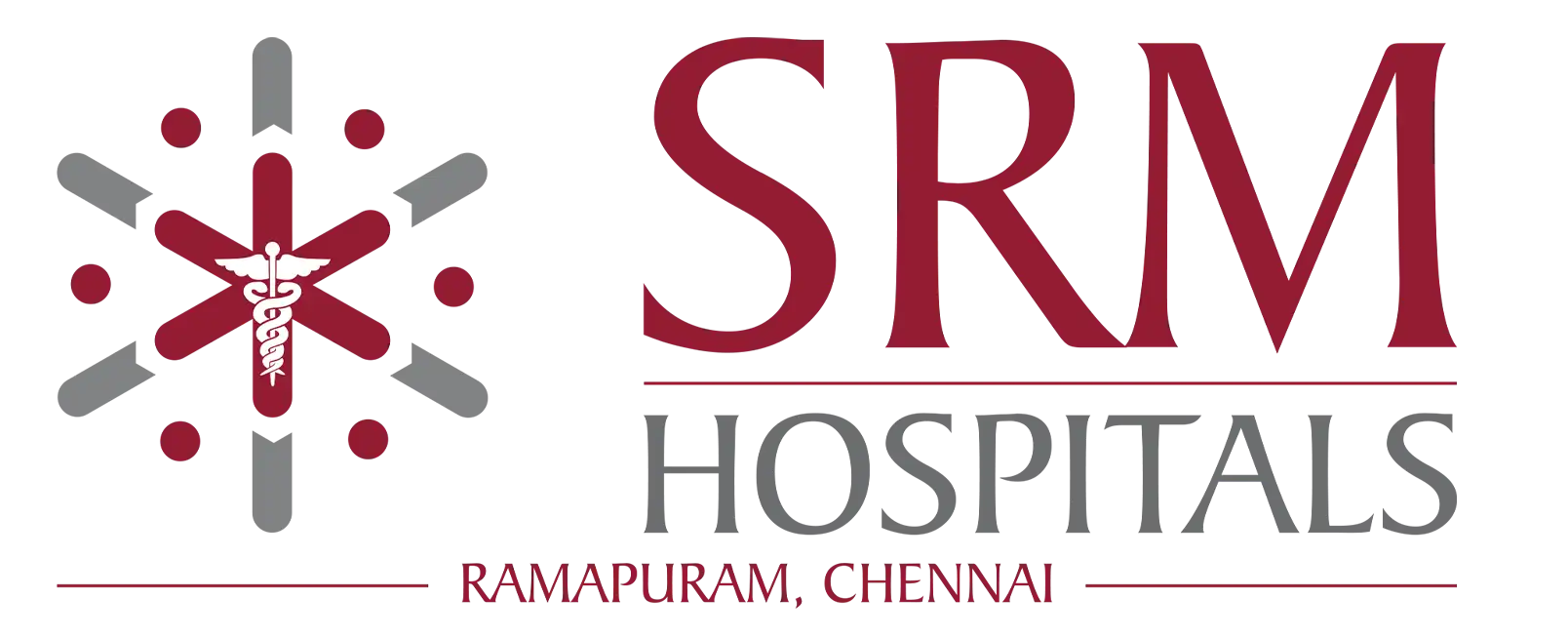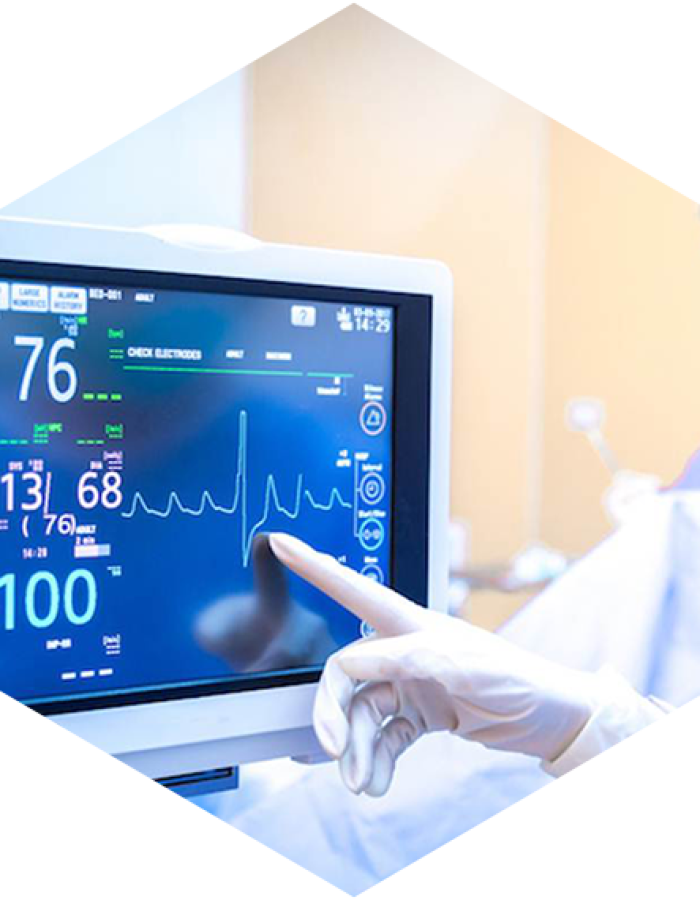What is Building Hand-Eye Coordination for Kids?
Hand-eye coordination movements develop between the ages of 4 to 14 months. The viscal/visual input their brains get is processed into fine/gross motor skills which help them make necessary movements. Simply put, a child’s ability to perform controlled body movements with their hands and legs by
processing the information their eyes receive is called hand-eye coordination. This is a part of their cognitive development. As a child grows, they must be able to perform certain coordinated activities based on their age. These are called the developmental milestones. The baby will be able to reach for a toy and grasp it properly by 9 months and stand without support by 12 months.
- Hemodialysis is a treatment to filter wastes and water from your blood, as your kidneys.
- Did when they were healthy. Hemodialysis helps control blood pressure and balance.
- Important minerals, such as potassium, sodium, and calcium, in your blood.
- Hemodialysis can help you feel better and live longer, but it’s not a cure for kidney failure.
- You may be able to do hemodialysis at home. Normally, hemodialysis begins well before your kidneys have shut down to the point of causing life-threatening complications.





